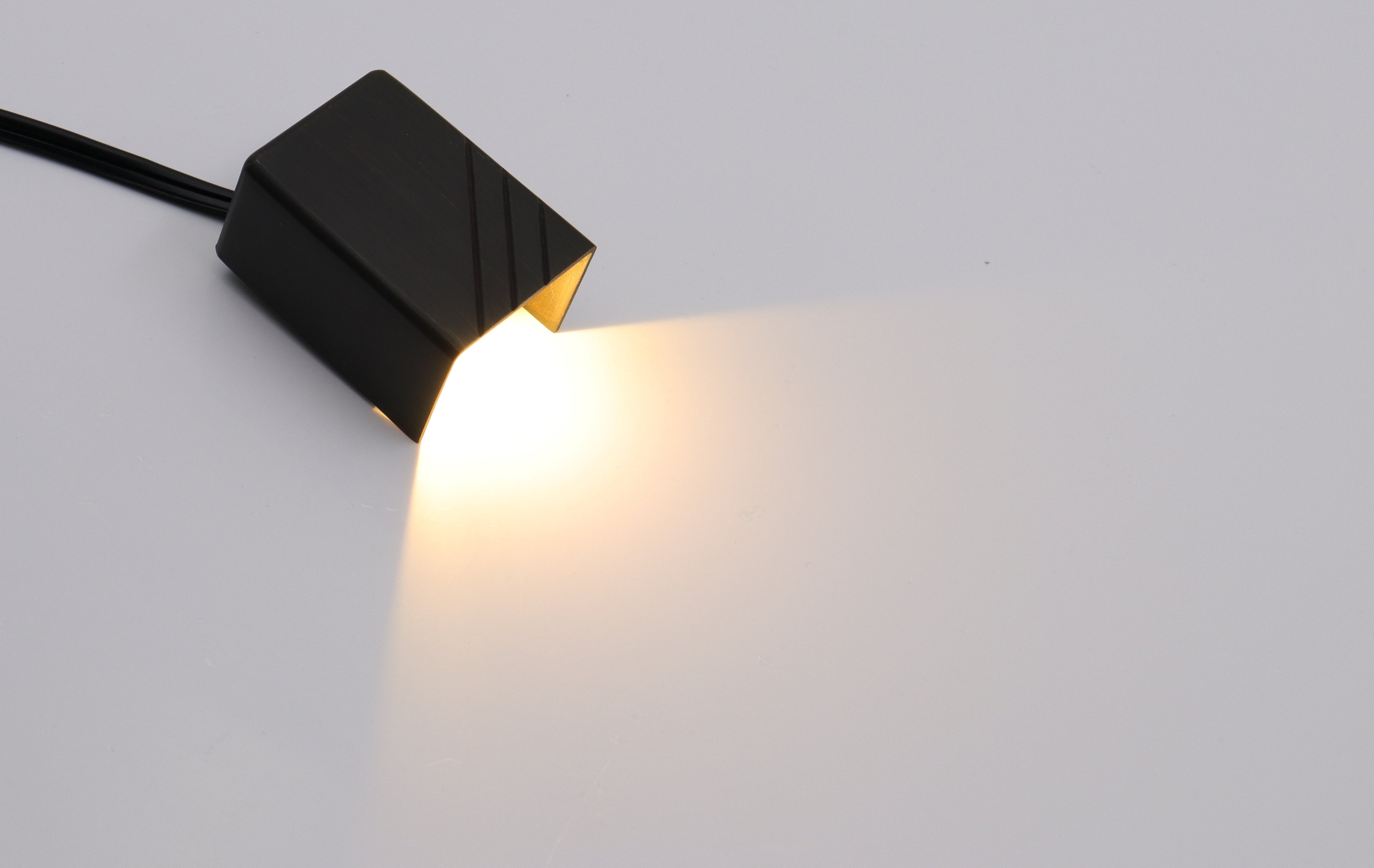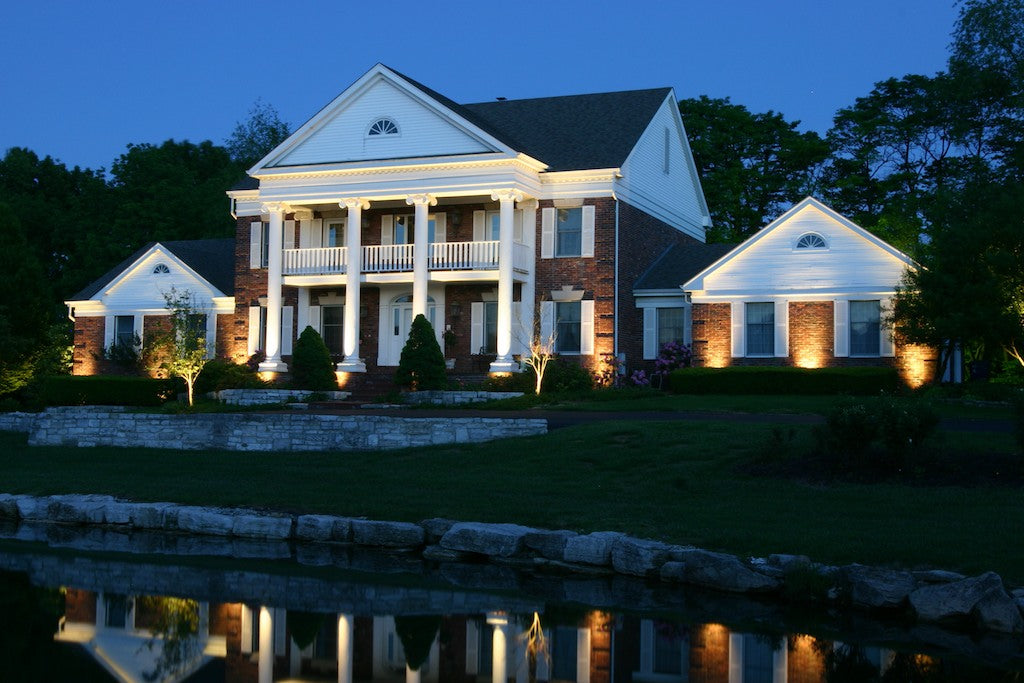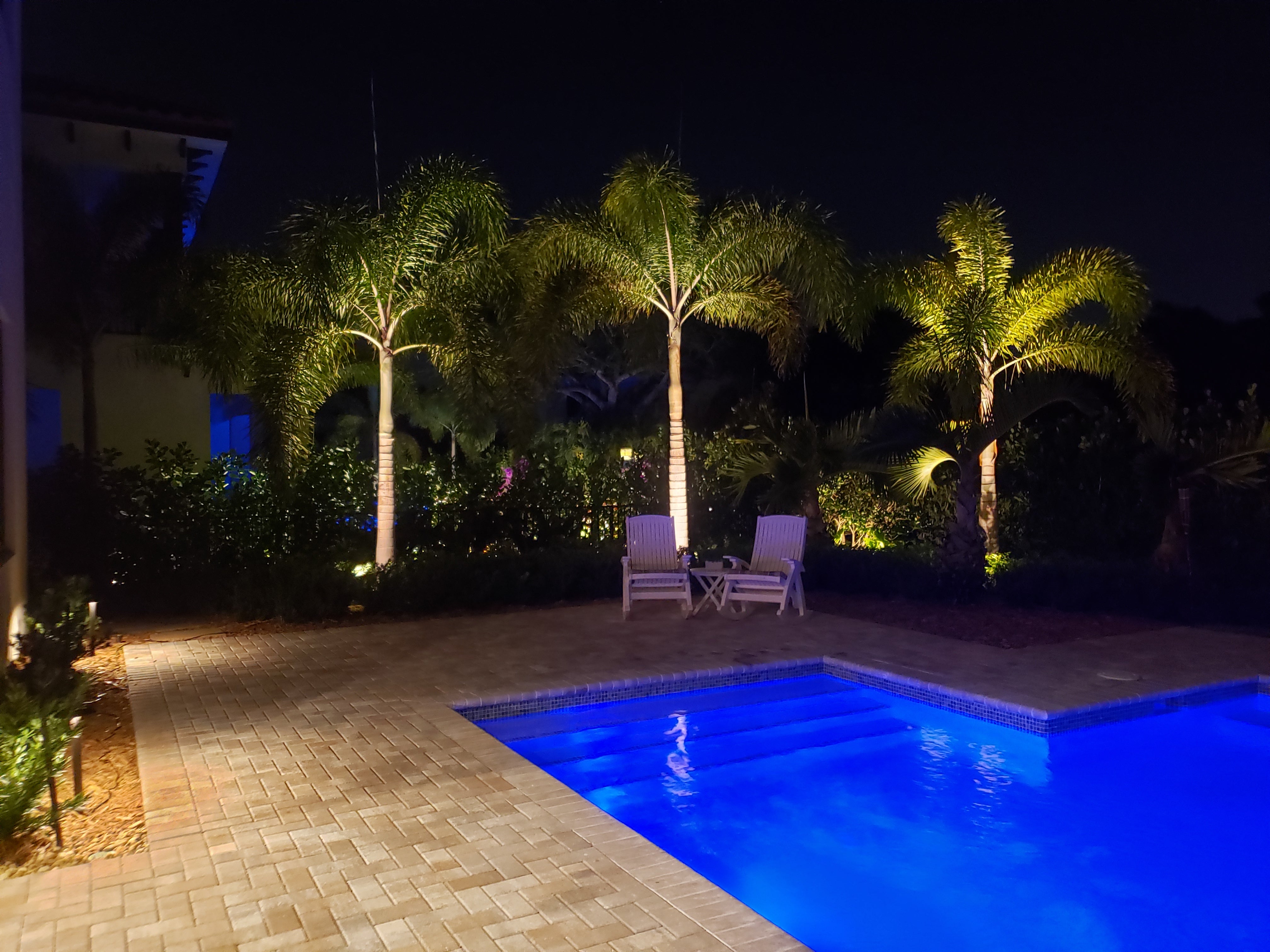Introduction
Illuminating your outdoor space is a nuanced task, and path lights serve as a cornerstone in achieving both aesthetic allure and practical functionality. A common dilemma homeowners face is determining the optimal spacing between path lights.
The answer isn't as simple as it may appear; it involves a multifaceted evaluation of factors like the type of lights, your path's layout, and the overarching design of your outdoor space. This guide aims to provide an in-depth analysis of path light spacing, equipping you with the knowledge to make well-informed decisions.
The Importance of Correct Path Light Spacing
Safety Considerations
The significance of proper path light spacing for safety is paramount. To illustrate, envision navigating a dimly lit path; the likelihood of tripping over an unseen obstacle increases substantially. This risk is especially heightened in homes with seniors or children, where a minor fall could lead to severe injuries. Over-spacing your lights can result in hazardous dark zones.
On the opposite end, clustering your lights too closely can produce excessive brightness, leading to glare. This glare can momentarily impair your vision, making it equally perilous as inadequately lit areas. Striking a balance in your path light spacing is crucial for ensuring clear, consistent, and non-intrusive illumination.
Aesthetic Considerations
Path light spacing also significantly influences the aesthetic quality of your outdoor space. Properly spaced lights can establish a visually engaging rhythm that guides the viewer's eye along the path. Whether you're looking to emphasize the sinuous curves of a garden path or the geometric lines of a formal walkway, spacing is key. Conversely, erratic or cramped spacing can result in a cluttered and disorganized appearance.
The ultimate objective is to amplify your outdoor space's natural beauty without overshadowing it. Thus, it's essential to contemplate how your light spacing will impact the overall visual harmony and balance.
Energy Efficiency
Energy efficiency isn't merely a trendy term; it's a pragmatic concern with both environmental and financial ramifications. Incorrect spacing can lead to energy wastage. Overcrowding your lights will escalate your energy consumption and inflate your electricity bill. Conversely, excessive spacing in the name of energy conservation could compromise safety and aesthetics. The challenge lies in determining the ideal spacing that minimizes the number of lights used without sacrificing other crucial elements.
Variables Affecting Path Light Spacing
Type of Light
The choice of lighting technology directly correlates with the required spacing between path lights. Different technologies yield varying beam spreads. For instance, LED lights are renowned for their focused beams, allowing for greater spacing compared to traditional incandescent lights, which generally have a broader beam. Consider the type of lights you're using. Always consult the manufacturer's guidelines and conduct real-world nighttime tests when possible.
Path Width
The width of your path is an often-overlooked yet critical element. Narrow paths, like garden walkways, may necessitate closer spacing to ensure comprehensive illumination. Conversely, wider paths, such as driveways, may permit more liberal spacing without sacrificing coverage.
Ambient Lighting
Lastly, consider the existing ambient lighting in your outdoor area. Other light sources like porch lights or streetlights can contribute to your path's overall illumination. In such scenarios, you might be able to widen the spacing between your path lights without adversely affecting safety or aesthetics.
By considering these variables, you can customize your path light spacing to align with your outdoor space's unique characteristics. This ensures a balanced outcome that is safe, aesthetically pleasing, and energy-efficient.

How Far Apart Should Path Lights Be Spaced?
The general industry guideline suggests spacing path lights every 8 to 10 feet. This standard aims to strike a balance between safety, aesthetics, and energy efficiency. However, it's crucial to recognize that this is a flexible guideline, not an immutable rule. Your specific outdoor conditions may warrant deviations from this standard.
How to Calculate Path Light Spacing?
1. Measure the Path Length
The first step in calculating path light spacing is to measure the total length of the path you want to illuminate. This measurement will give you a baseline for determining how many lights you'll need. Use a tape measure for accuracy, and if your path has curves, make sure to measure along the curve rather than cutting across.
2. Determine the Number of Lights
Once you have the total path length, you can estimate the number of lights you'll need. Divide the path length by the industry standard of 8 to 10 feet. For example, if your path is 50 feet long, you'll need approximately 5 to 6 lights based on a 10-foot spacing or 6 to 7 lights based on an 8-foot spacing.

3. Adjust for Specific Conditions
After you've got your initial estimate, it's time to fine-tune. Consider the type of lights you're using. LED lights with a focused beam may allow for wider spacing, while incandescent lights with a broader beam may require closer spacing. Also, take into account the width of your path and any existing ambient lighting. These factors may allow you to adjust the spacing slightly to better suit your specific conditions.
For detailed guidance on choosing the appropriate brightness and optimizing your outdoor lighting setup, refer to the Outdoor Lighting Brightness Guide: Lumens, Selection & Optimization.
4. Test and Adjust
Before you make any permanent installations, it's a good idea to test your planned spacing. Place your lights along the path at your calculated intervals and turn them on after dark. Walk the path to see if there are any dark spots or areas of excessive brightness. Make adjustments as needed, and don't hesitate to experiment until you find the perfect spacing for your needs.
2 Common Mistakes to Avoid When Spacing Path Lights
Overcrowding
A frequent error that many homeowners make is placing too many lights along the path, creating what is commonly known as the "runway effect." This setup not only consumes excessive energy but also diminishes the overall aesthetic appeal of your outdoor space. The lights become the focal point, rather than subtly enhancing the existing beauty of your garden or walkway. Overcrowding can also lead to increased glare, making it difficult to navigate the path safely.
Can some LED street lights be damaging to your health?
Inconsistent Spacing
Inconsistent path light spacing is a prevalent issue that can significantly detract from the overall visual and functional integrity of your outdoor lighting scheme. This common oversight results in a haphazard configuration, characterized by alternating zones of darkness and excessive illumination. Such spatial irregularities not only pose a safety risk but also diminish the aesthetic quality of your exterior environment.
Conclusion
Optimizing path light spacing is a nuanced endeavor that necessitates a judicious equilibrium among safety, visual appeal, and energy efficiency. While industry guidelines serve as a valuable baseline, they are not a one-size-fits-all solution. The unique characteristics of your outdoor space—such as the type of lighting technology employed, the dimensions of the pathway, and the level of existing ambient light—must be meticulously considered.
By adopting a holistic and strategic approach to path light spacing, you can substantially elevate both the aesthetic allure and functional utility of your outdoor setting. The end result will be a harmoniously illuminated landscape that not only enhances the safety and navigability of your garden, driveway, or walkway but also creates a visually compelling experience.






Leave a comment
All comments are moderated before being published.
This site is protected by hCaptcha and the hCaptcha Privacy Policy and Terms of Service apply.